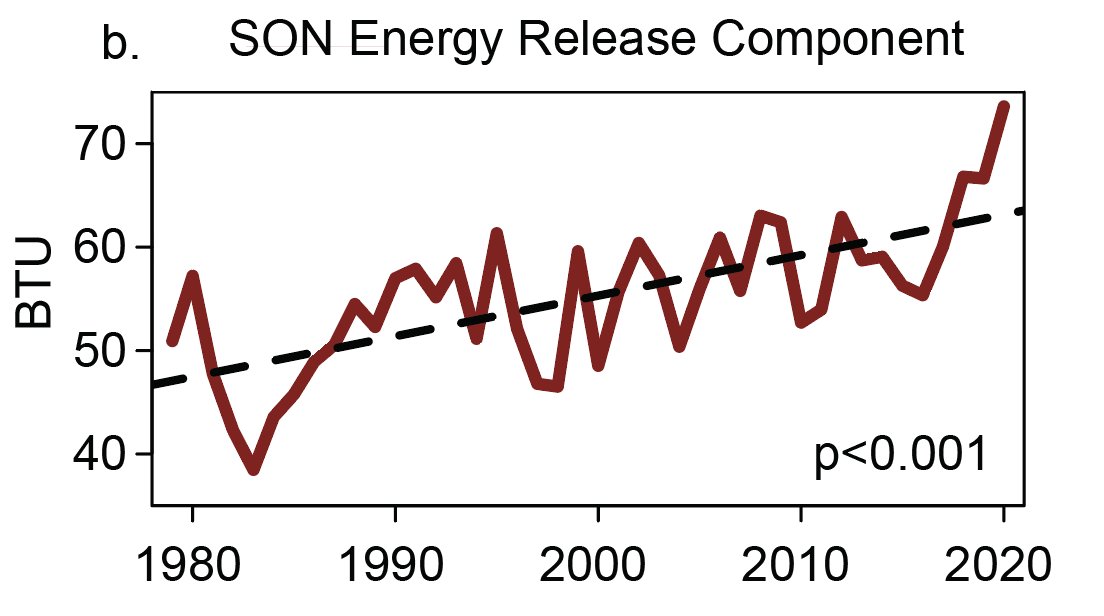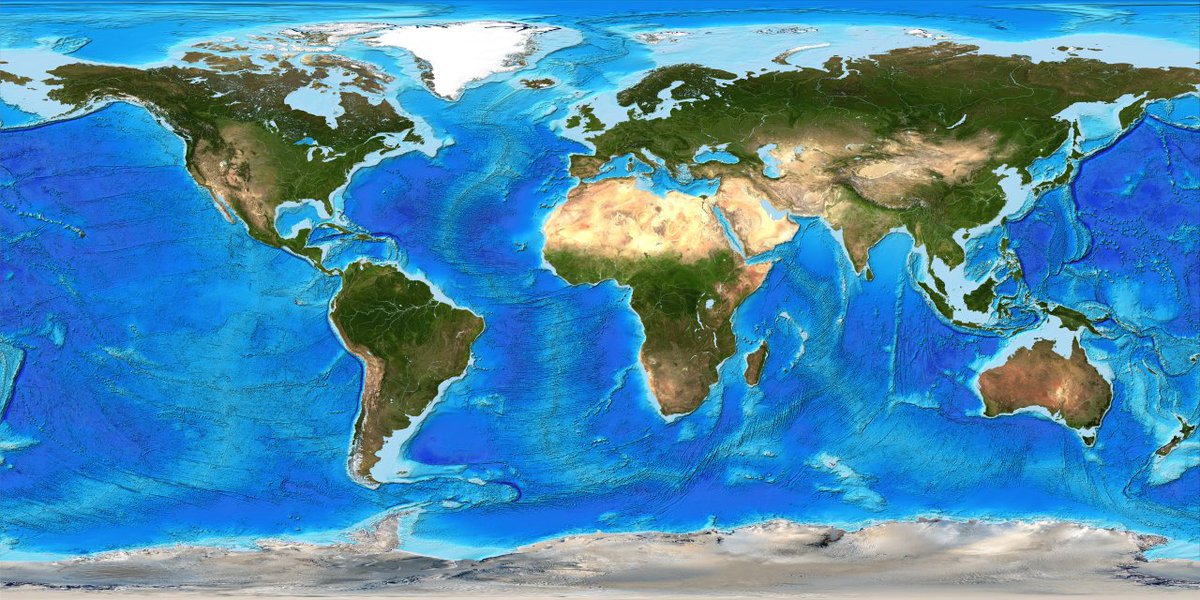
Dry lightning event of *some* magnitude is now looking increasingly likely across *some portions* of CA on Sun/Mon. Details to come. But first, some thoughts on potential wildfire risks posed if this comes to fruition. (Thread) #CAwx #CAfire 

Usually, fewer than 1 in 10 lightning strikes actually ignites a wildland fire. These numbers can be higher if lightning is not accompanied by precip, or if lightning occurs under unusually dry conditions in dense vegetation. But in general, lightning ignition *rate* is low-ish.
A big problem thus arises when there are a very large number of dry lightning strikes. This occurred during the extraordinary and historic Aug 2020 event in Northern CA, where 10,000+ strikes were observed (and subsequently *hundreds* of fires were ignited).
The upcoming event on Sun/Mon will be different for several reasons--not the least of which is that it's very unlikely there will be nearly as many dry lightning strikes as occurred in Aug 2020. The overall meteorological set-up does not look as extraordinary. HOWEVER...
California is now experiencing a drought of extreme to exceptional severity. Soils and vegetation are now *much* drier than they were at this time last year across most of the state--historically dry in many cases.
This is especially true across CA interior (mountains & foothills), where recent weeks have brought a long period of unrelenting and frequently record-breaking heat. Here, vegetation is now *drier than typical peak August or September levels,* & at record levels for date. #CAfire 



Along the immediate coast, however, things are quite different right now. A very robust marine layer has led to quite cool & damp conditions from fog and occasional drizzle in recent days. Hence, on coast side of SF Bay Area, fuels are much less dry than during last Aug event!
But the gradient is sharp: while vegetation along the immediate Bayside is relatively less dry, vegetation on the coastal hills (above 1000 ft elev) just a few miles away is *record dry* for the date due to the extreme drought and recent heatwaves. #CAfire 



For this reason, & due to different trajectory of system, I don't think risk in immediate coastal CA is nearly as high as with Aug 2020 event. But elsewhere, especially across Sierra Nevada, northern mountains, and Central Valley foothills, risk is *higher* than Aug 2020! #CAfire
That may even include higher elevation areas near coast that are above marine layer. In fact, we could even see fairly bizarre cases of some lightning wildfires on hilltops above a shallow marine layer below! And inland, it's an entirely different world: risk will be quite high.
All in all: I am still pretty concerned about this upcoming potential dry lightning event Sun/Mon, even though it likely won't spark as many fires as Aug 2020 event, given worse drought preconditions inland this summer. Coastal areas may be at reduced risk, though. #CAfire #CAwx
More details to come later regarding actual lightning risk, and most likely hotspots. Some wetter storms are possible across portions of SoCal, as well.
• • •
Missing some Tweet in this thread? You can try to
force a refresh













